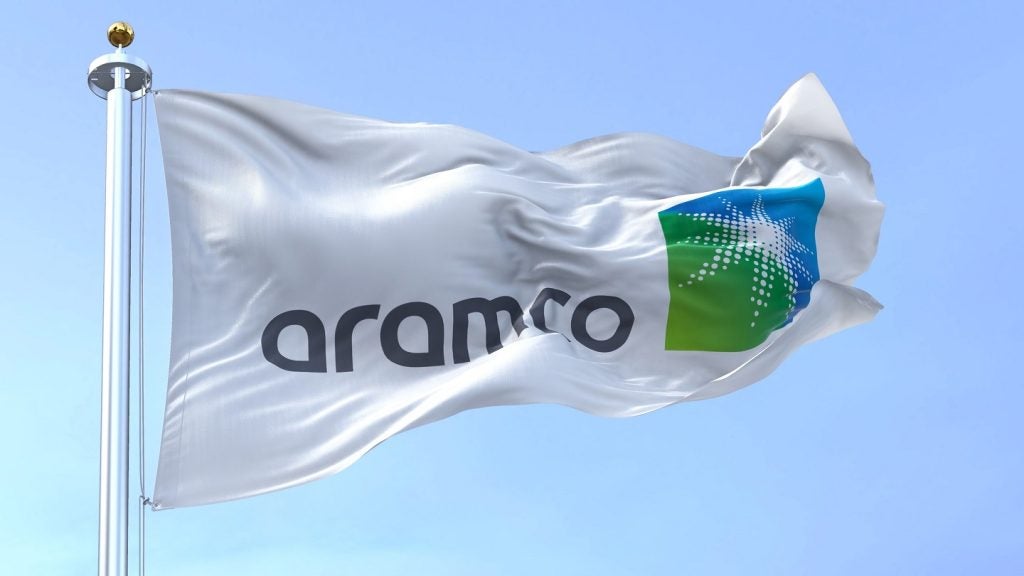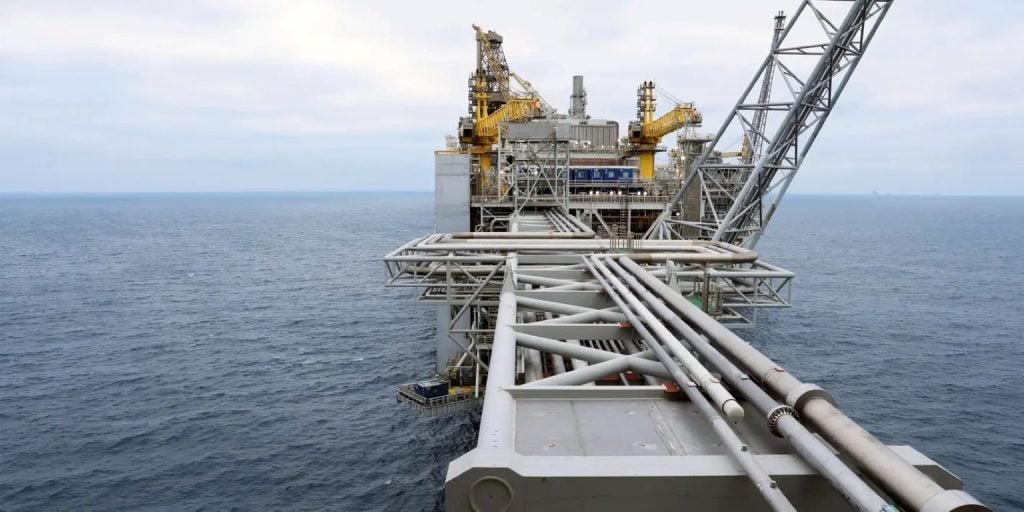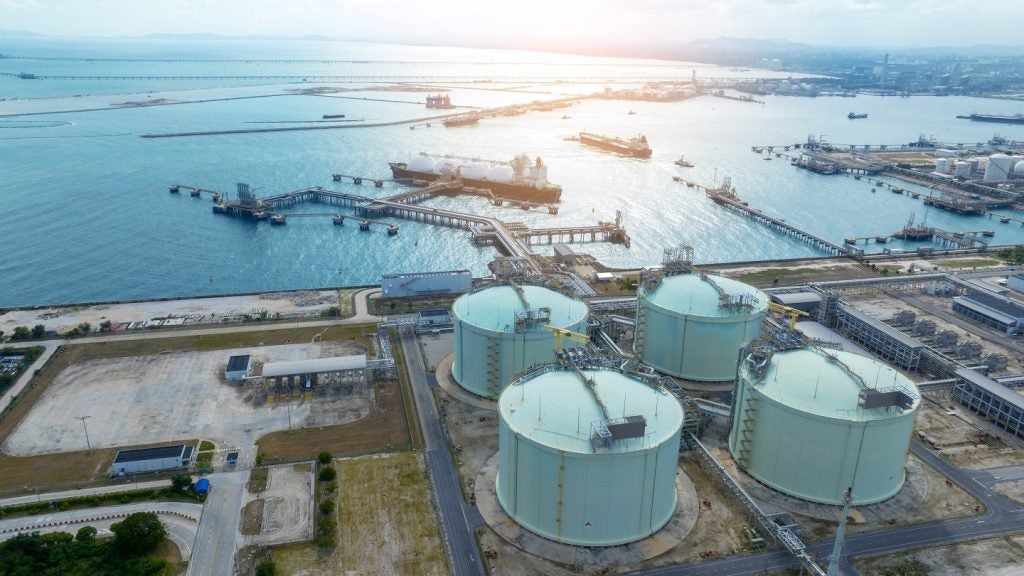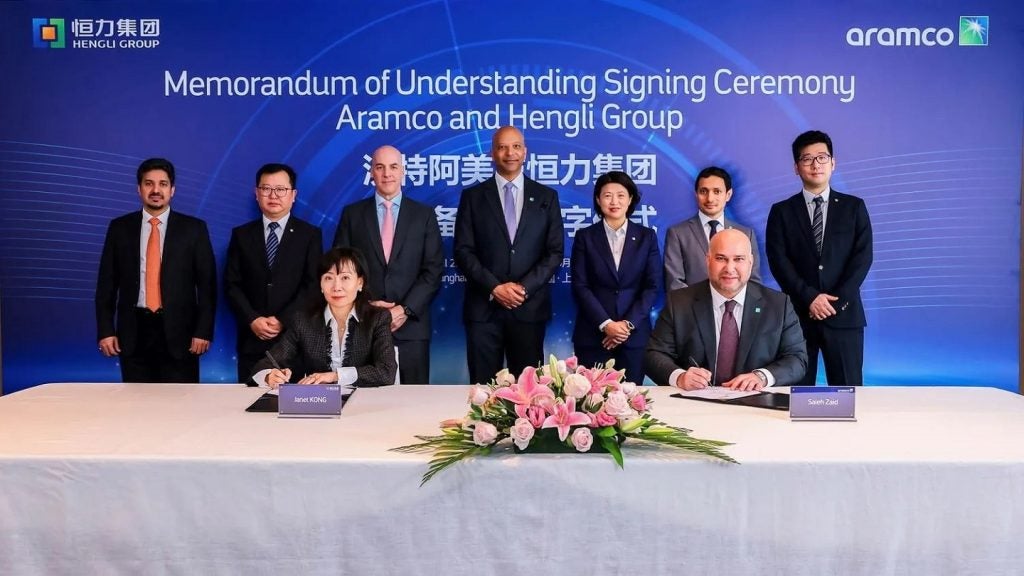The 1,509km-long, upcoming Power Of Siberia 1 (China Section-II) project will be operated by China National Petroleum. According to GlobalData, who tracks more than 8,000 active and developing pipelines worldwide, the onshore gas pipeline, with a maximum diameter of 56 inches, will start in Hebei (China) and ends in Shanghai (China). Buy the profile here.
The Power Of Siberia 1 (China Section-II) project is expected to commence operations in 2025 and will be owned by China National Petroleum.
The Power Of Siberia 1 (China Section-II) project is associated with the 2200km Power of Siberia 1 (Russia Section-I).
Contractors involved in the Power Of Siberia 1 (China Section-II) project:
Some of the key contractors for the Power Of Siberia 1 (China Section-II) include –
Main EPC: China National Petroleum, Gazprom, Stroygazconsulting Ltd Liability.
See Also:
About China National Petroleum
China National Petroleum Corp (CNPC) is an integrated energy company with operations encompassing the entire oil and gas industry value chain. Its businesses include exploration and production; natural gas sales, oilfield services, refining and chemicals, marketing and trading, engineering and construction, manufacturing, new energy development and finance. CNPC also designs and constructs oil and gas field production facilities, pipeline, storage tank, refinery and chemical plant, and offshore structures. The company provides services in geophysical prospecting, drilling, well logging, mud logging and downhole operations. It also has presence in new energy development, capital management, finance and insurance service sectors. CNPC is headquartered in Beijing, China.
For more details on the Power Of Siberia 1 (China Section-II) gas pipeline, buy the profile here.
Premium Insights
From

The gold standard of business intelligence.
Blending expert knowledge with cutting-edge technology, GlobalData’s unrivalled proprietary data will enable you to decode what’s happening in your market. You can make better informed decisions and gain a future-proof advantage over your competitors.







